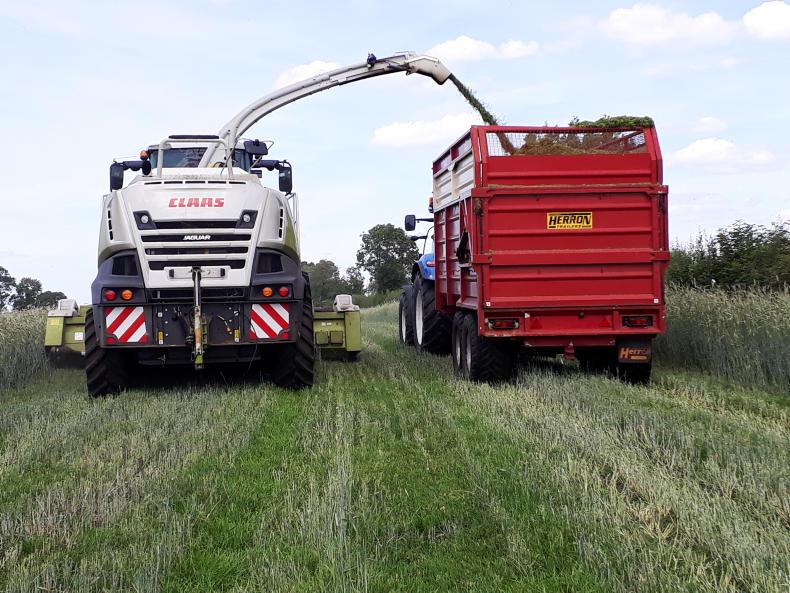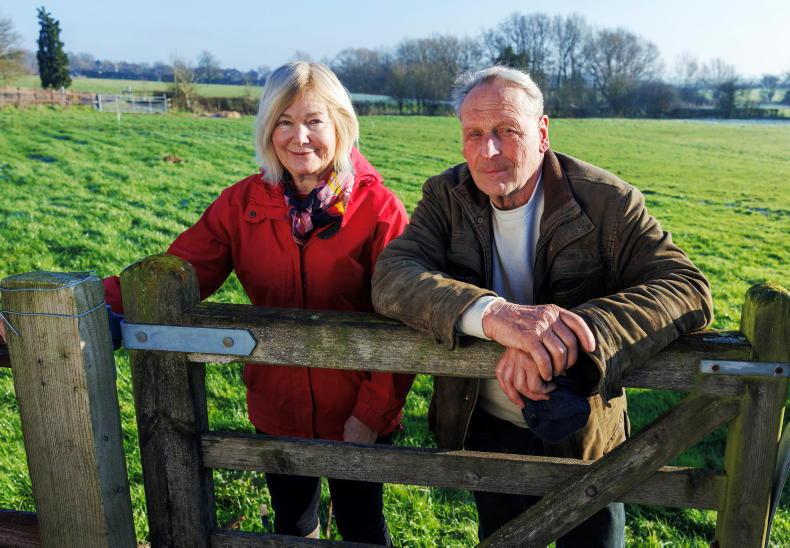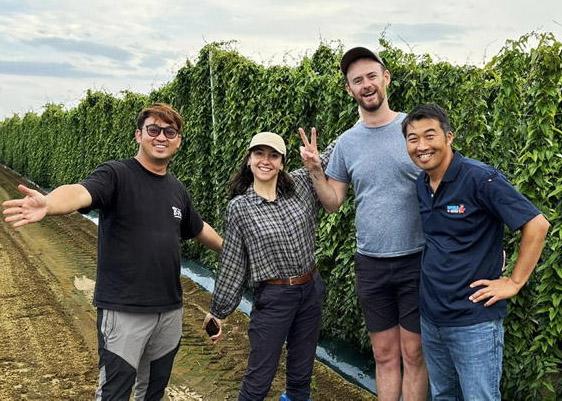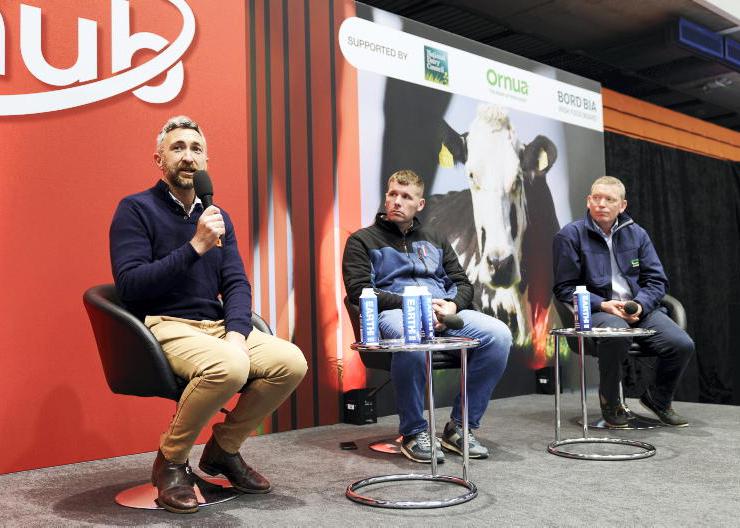From being pretty tight for grass earlier in the summer, things have now come full circle and the cows are wading through grass in the paddocks.
It’s only a few weeks since we were buffer-feeding the cows and at the same time feeding some calves bales in the field to help stretch any growth, until grass supply and demand came back into balance.
More by good luck than good planning, I had bought a crop of first-cut bales from a neighbour in spring who was a bit understocked.
These, along with some bales I removed from the grazing platform earlier in the season, provided a good cushion to fall back on during the drought.
Probably at the time I had it in my head that these bales would be useful if the weather was to turn bad again this year, as was the case last year. It just goes to prove that it’s always useful to have some forage in reserve.
With two good cuts of quality silage in the pits, the bales saved us from having to eat into this winter’s silage stocks.
One thing that’s for sure in this part of the world, a drought is a lot easier to work with than a flood. It takes much less grass to do cattle when they are lying stretched out in the sun as opposed to tramping round the field looking for somewhere dry to lie down.
Spring rye
Wholecrop this year is in the form of spring rye. Of the two fields planted, one was a good, dry field sowed out on 11 April in good conditions.
The other field was a heavier ley that got tramped last year, followed by a heavy grazing with sheep. This field took longer to dry out after being burned off, and didn’t get planted for another 10 days. Even then conditions were less than ideal.
The first field was up and away in no time, the second sat for a lot longer before it started to show, and when it did, I don’t think it tillered out as well as it could have.
This is the second year to grow rye on the farm, after having trouble previously with take-all in wheat.
Last year I found it to be a good feed – it’s much cheaper to grow than wheat and the straw, I think, has a better feed value. Starch levels on the other hand might be a bit lower.
Last year the rye was planted earlier, and with the changeable weather in the second half of the summer, it was slower to ripen.
Harvesting took place on 23 August and it was just about ready, but with a break in the weather it was an opportunity not to be missed.
The crop last year yielded close to 13t/acre. In contrast, this year the crop was planted later, and due to the drought it was about 6in shorter. It was harvested almost a month earlier.
Once it was in the clamp I was a bit disappointed by the bulk. My calculations come out at closer to 10t/acre, however there does seem to be a decent amount of grain. As always, the proof will be in the eating.
Rain
With many of us looking for rain earlier in the summer, I think most would agree that we have now had enough. For us third cut is the next item on the agenda once the weather settles.
Cows are starting to calve again, and before we know it, it will be back to the winter routine.
Read more
Farmer Writes: dry conditions but rain always comes
Management is key in dairying, not system type
From being pretty tight for grass earlier in the summer, things have now come full circle and the cows are wading through grass in the paddocks.
It’s only a few weeks since we were buffer-feeding the cows and at the same time feeding some calves bales in the field to help stretch any growth, until grass supply and demand came back into balance.
More by good luck than good planning, I had bought a crop of first-cut bales from a neighbour in spring who was a bit understocked.
These, along with some bales I removed from the grazing platform earlier in the season, provided a good cushion to fall back on during the drought.
Probably at the time I had it in my head that these bales would be useful if the weather was to turn bad again this year, as was the case last year. It just goes to prove that it’s always useful to have some forage in reserve.
With two good cuts of quality silage in the pits, the bales saved us from having to eat into this winter’s silage stocks.
One thing that’s for sure in this part of the world, a drought is a lot easier to work with than a flood. It takes much less grass to do cattle when they are lying stretched out in the sun as opposed to tramping round the field looking for somewhere dry to lie down.
Spring rye
Wholecrop this year is in the form of spring rye. Of the two fields planted, one was a good, dry field sowed out on 11 April in good conditions.
The other field was a heavier ley that got tramped last year, followed by a heavy grazing with sheep. This field took longer to dry out after being burned off, and didn’t get planted for another 10 days. Even then conditions were less than ideal.
The first field was up and away in no time, the second sat for a lot longer before it started to show, and when it did, I don’t think it tillered out as well as it could have.
This is the second year to grow rye on the farm, after having trouble previously with take-all in wheat.
Last year I found it to be a good feed – it’s much cheaper to grow than wheat and the straw, I think, has a better feed value. Starch levels on the other hand might be a bit lower.
Last year the rye was planted earlier, and with the changeable weather in the second half of the summer, it was slower to ripen.
Harvesting took place on 23 August and it was just about ready, but with a break in the weather it was an opportunity not to be missed.
The crop last year yielded close to 13t/acre. In contrast, this year the crop was planted later, and due to the drought it was about 6in shorter. It was harvested almost a month earlier.
Once it was in the clamp I was a bit disappointed by the bulk. My calculations come out at closer to 10t/acre, however there does seem to be a decent amount of grain. As always, the proof will be in the eating.
Rain
With many of us looking for rain earlier in the summer, I think most would agree that we have now had enough. For us third cut is the next item on the agenda once the weather settles.
Cows are starting to calve again, and before we know it, it will be back to the winter routine.
Read more
Farmer Writes: dry conditions but rain always comes
Management is key in dairying, not system type










SHARING OPTIONS